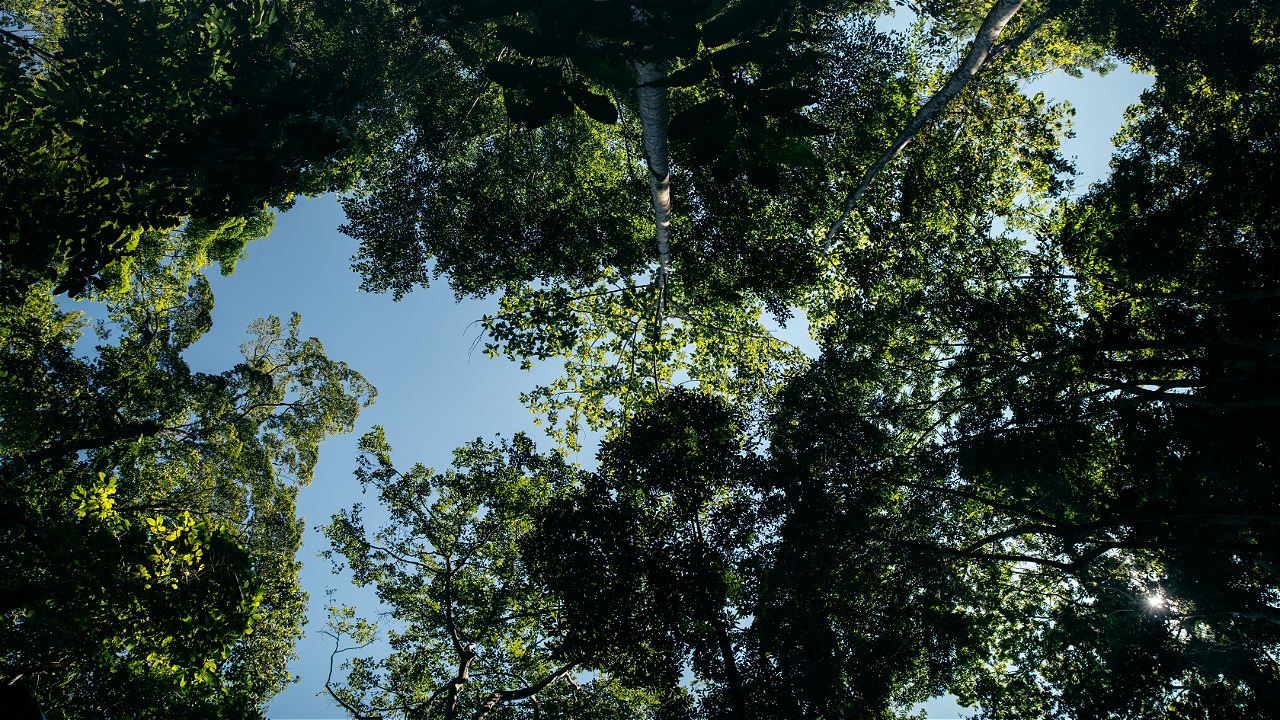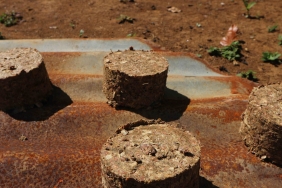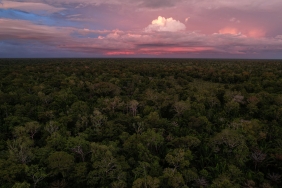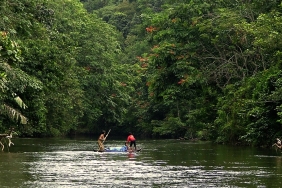KURIANI WARTANOI, LIGHTING A LAMP FOR NATURE CONSERVATION IN PAPUA
By: Natalia Trita Agnika
Kartini is an inspiring woman, especially in relation to education. After the emergence of Kartini, more and more women are taking part in various professions and becoming figures who are able to bring positive changes. Even various obstacles and difficulties are willing to be endured for the sake of these changes, such as those carried out by Kuriani Wartanoi, a woman in the field of conservation who is serving as a Community Outreach Officer Site Cenderawasih Bay National Park, Papua Program. Through her work, Kuri lights a lamp of hope for the preservation of nature in the land of Papua, especially in Teluk Cenderawasih National Park.
Previously, it was unimaginable to Kuri that he would have to deal directly with the community to deliver conservation messages in his duties as TNTC Papua Program's Community Outreach Officer Site. Understandably, he used to be WWF-Indonesia's Turtle Monitoring Officer who served for three years in Abun, Papua. "At first I was confused about how to deal with the community, how to deal with differences of opinion. But after spending more time in the field, I finally know how to get into the community and know how to talk. When I was observing turtles, I was silent, just observing hehehe," said the owner of the full name Kuriani Wartanoi.
Kuri is the daughter of Chief Wartanoi from East Nabire, in the Napan area and Mor Mambor Islands. For more than two years now, Kuri has been working as TNTC Papua Program's Community Outreach Officer Site, especially in the Wondama and Nabire areas. In his work, Kuri sails with the Motorboat (K.M.) Gurano Bintang to travel with a target of around 7 villages, namely 5 villages in Wondama Bay and 2 villages in Nabire Bay. One trip usually takes about 21 days. But in reality, there are more villages visited because of the great desire of the community to be assisted and visited by Kuri and the outreach team from K.M. Gurano Bintang.
[Read also: KM GURANO BINTANG: A Conservation Education Facility for Children Around Teluk Cendrawasih National Park]
The journey to the villages is not always smooth. Often he has to use a community boat, which means a longer trip of about 4-5 hours in the middle of the waves and exposed to the scorching sun. "Once I also took a jolor, a kind of boat without a landlord that is usually on a bagan to load fish. It left Nabire at 09:00 and only arrived at Napan-yaur at 18:00. We were all hot, hahaha," he recalled.
All these obstacles are overcome in order to reach out and meet directly with the community, especially children. During his stay in the village, Kuri would go around and deliver conservation messages. When interacting with the community, Kuri usually brings areca nut and betel nut as communication tools to make it easier when chatting. Information to be extracted or messages to be conveyed will be easier in a warm and relaxed atmosphere. This is also the case when dealing with children in order to provide environmental education (EE). Armed with snacks and candy, Kuri had a warm chat with the children. Kuri always makes sure that the food wrappers and candies are brought back and not thrown in the sea by the children.
Being together with the community and children brings a special impression to Kuri. A graduate of Cenderawasih University, majoring in Biology, Kuri was concerned when he saw the condition of an elementary school in one of the villages he visited, which only had one teacher for six classes. "Because of the shortage of teachers, there are sixth graders who cannot read and write fluently. They take a long time to spell their names and are very stiff. But they have high aspirations. Some want to be ship captains, some want to be doctors. I was very touched to see that," he said. Because of this condition, the team had to adjust the EE material to be delivered. Sometimes they taught 6th grade students using modules that were supposed to be for 1st grade.
As a native Papuan and the son of a tribal chief from East Nabire, Kuri has high hopes for Papua and its people. "Hopefully what we convey to the community can be implemented directly in the field," he hopes. A small example is no longer throwing garbage in the sea. In addition, he also hopes that the community will be more aware and understand when there are outsiders who try to intervene in conservation activities.
Providing understanding to adults has its own difficulties. That's why he expects a lot from EE delivered to children. "With this EE, hopefully dorang can remember and dorang can convey it to dorang's parents," he hoped while looking far out to sea, a sight that often accompanies his travels.





